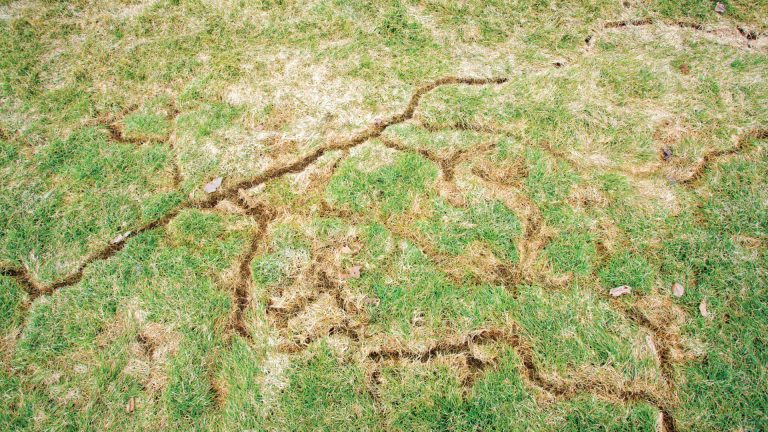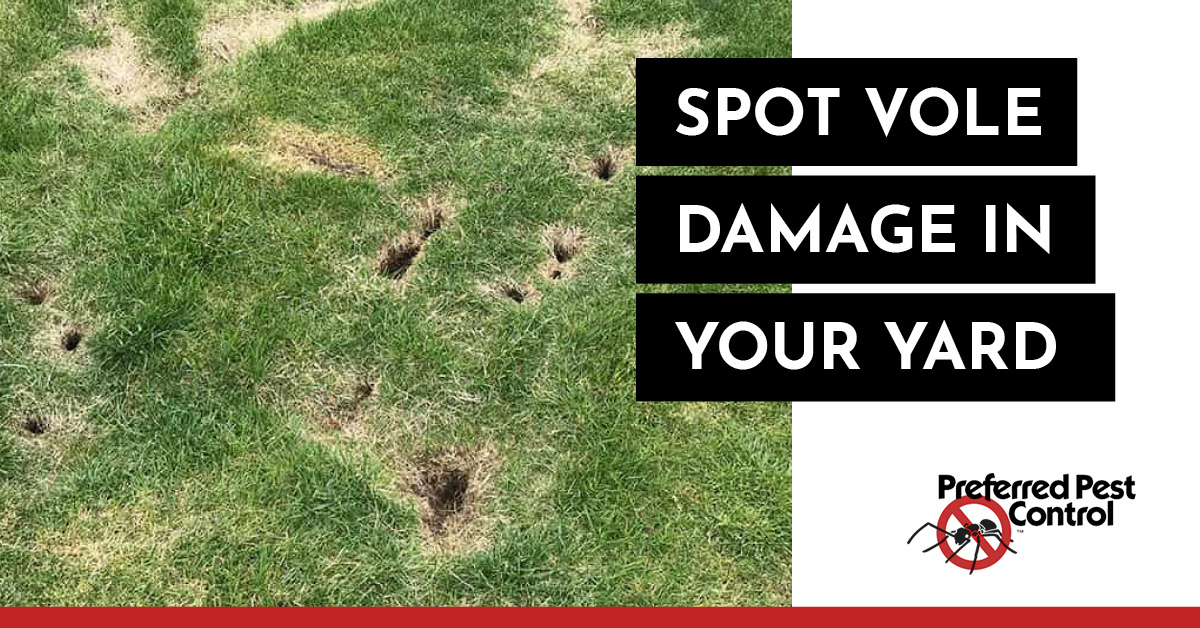Handling Vole Damage: Effective Control Methods
Handling Vole Damage: Effective Control Methods
Blog Article
Comprehensive Guide to Efficient Vole Insect Control: Problem Identification and Therapy Techniques
In the realm of effective insect control, vole problems present a distinct difficulty that demands a tactical strategy. By checking out the subtleties of vole behavior, recognizing essential indications of problem, and reviewing an array of control alternatives, one can develop a thorough technique to combat these elusive parasites.
Understanding Vole Actions
Vole habits is identified by their burrowing routines and fast recreation rates, making them a tough insect to regulate successfully. These small rats normally produce elaborate passage systems underground, using them for sanctuary, food storage, and transport. Voles are herbivores, taking in a range of plants, origins, bulbs, and lawns, which can cause considerable damages to gardens, orchards, and lawns. Their fast reproductive price more complicates control efforts, with ladies with the ability of producing several litters in a single year, each including several children.
Voles are most active throughout the morning and evening hours, spending most of their time foraging for food. Their tunneling habits not just disturb gardens and yards however likewise make them challenging to identify and eliminate. Understanding vole behavior is crucial for effective insect control strategies. By identifying their burrow areas, keeping an eye on feeding areas, and implementing targeted control methods, such as trapping or habitat adjustment, vole invasions can be taken care of successfully.
Indicators of Vole Problem

Avoidance Techniques
Carrying out efficient prevention techniques is vital in minimizing vole invasions and securing plants from their devastating feeding routines (vole control). To avoid vole invasions, it is vital to begin by removing potential food resources and sanctuary. Keep turf and plant life cut short, get rid of weeds and debris, and maintain a clean garden or yard to make the location much less attractive to voles. Mounting barriers such as equipment fabric or below ground fencing can also help hinder voles from getting in particular locations. Furthermore, reducing excess dampness by dealing with leaky pipelines and ensuring correct drainage can make the environment much less friendly for voles.
Consistently examining the residential property for signs of vole task, such as runways and burrow openings, is vital for very early detection and timely activity. Think about making use of traps or repellents tactically positioned near their paths if vole activity is suspected. Utilizing natural predators like serpents or owls can likewise aid keep vole populaces in check. By implementing a mix of these prevention gardeners, house owners and approaches can successfully protect their plants from vole damages.
Non-Lethal Control Techniques
To efficiently manage vole populaces while prioritizing gentle methods, non-lethal control approaches offer sensible remedies for reducing vole damages in gardens and landscapes. These barriers can be try this buried at least 12 inches curved and deep at a 90-degree angle to prevent voles from tunneling beneath.

Lethal Control Options
One effective method for resolving vole infestations in gardens and landscapes entails the tactical use of deadly control alternatives. When faced with a serious vole problem that non-lethal techniques have actually fallen short to include, implementing dangerous control steps comes to be critical. On the whole, when utilizing lethal control choices, it is necessary to do so responsibly and in accordance with neighborhood policies to successfully handle vole infestations.
Verdict
Finally, effective vole insect control calls for a comprehensive understanding of vole actions, recognition of indicators of problem, execution of prevention techniques, and utilization of both non-lethal and lethal control techniques. By combining these methods, individuals can efficiently take care of vole populations and shield their property from damages. It is necessary to resolve vole problems immediately to prevent additional concerns and minimize the effect on the surrounding atmosphere.
Provided the complex passage systems and rapid reproduction rates characteristic of voles, acknowledging the indicators informative post of vole problem becomes vital in reliable insect control. One of the main indications of vole existence is the existence of surface runways or routes in yard or snow, generally regarding 1-2 inches broad, created as voles travel between their burrows and food sources.To efficiently manage vole populations while focusing on humane techniques, non-lethal control approaches provide useful options for lowering vole damage in landscapes and gardens.One effective approach for resolving vole problems in gardens and landscapes includes the calculated usage of deadly control alternatives. vole control.In conclusion, reliable vole bug control needs a detailed understanding of vole habits, recognition of indications of problem, implementation of avoidance methods, and use of both non-lethal and dangerous control techniques
Report this page